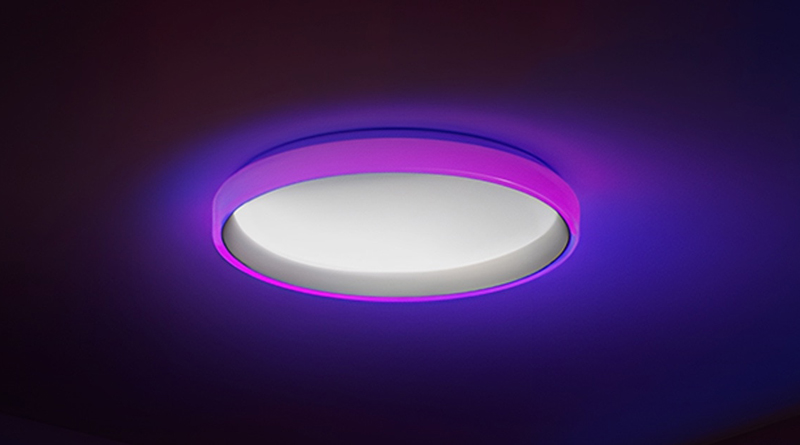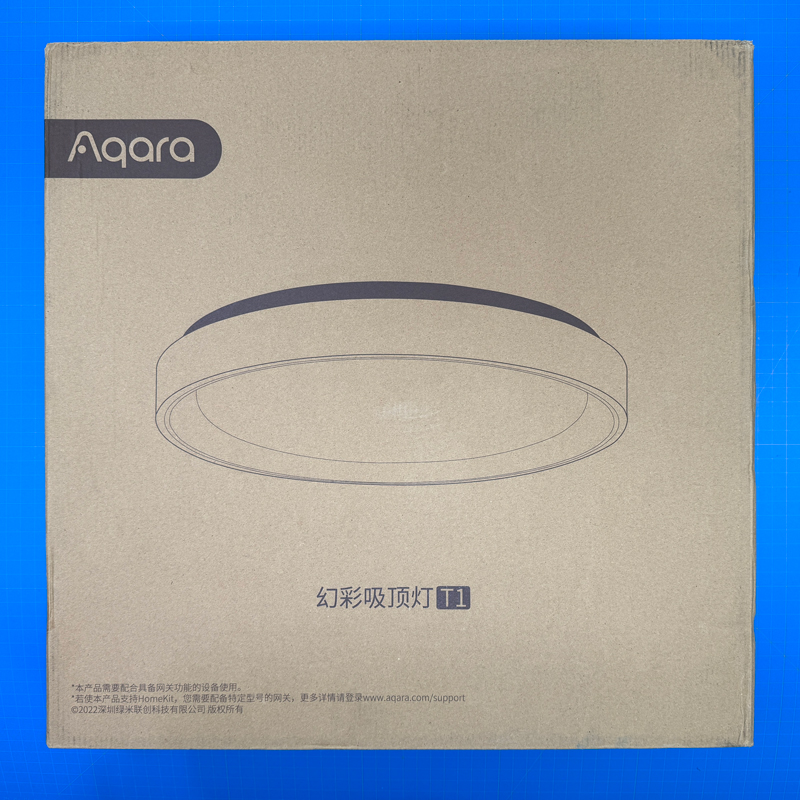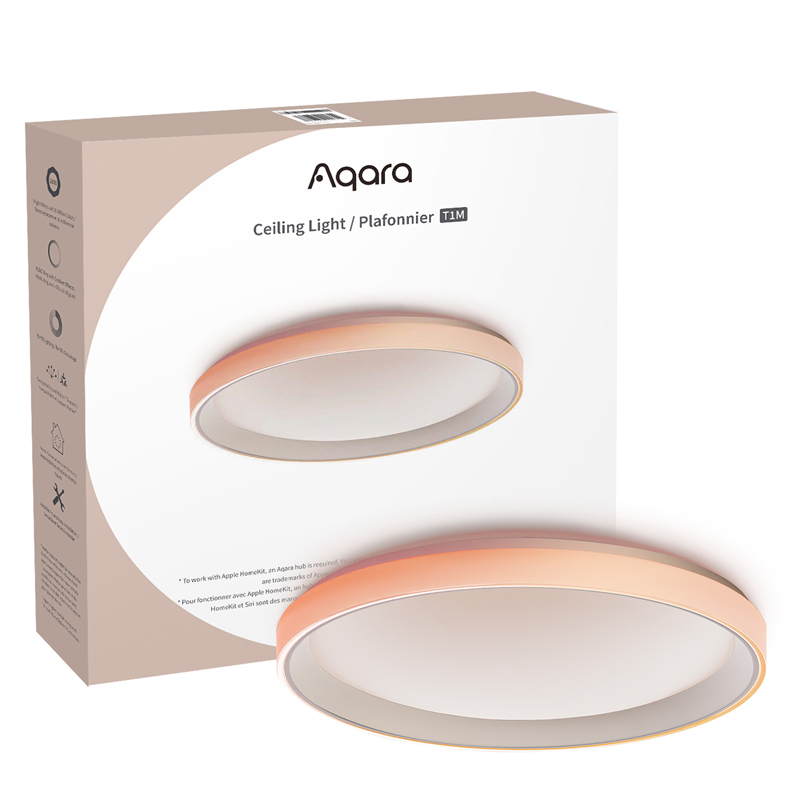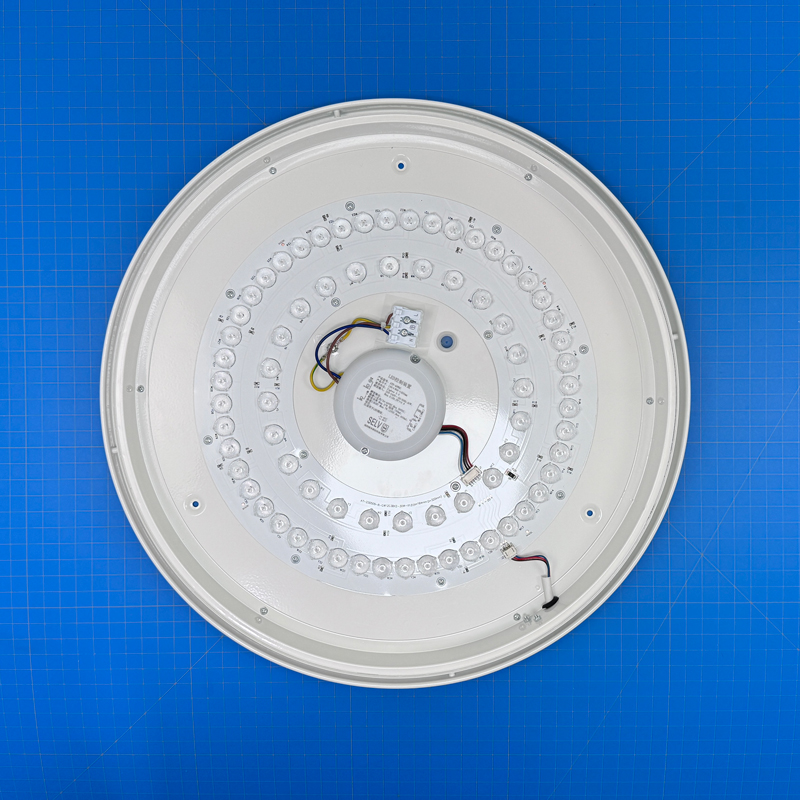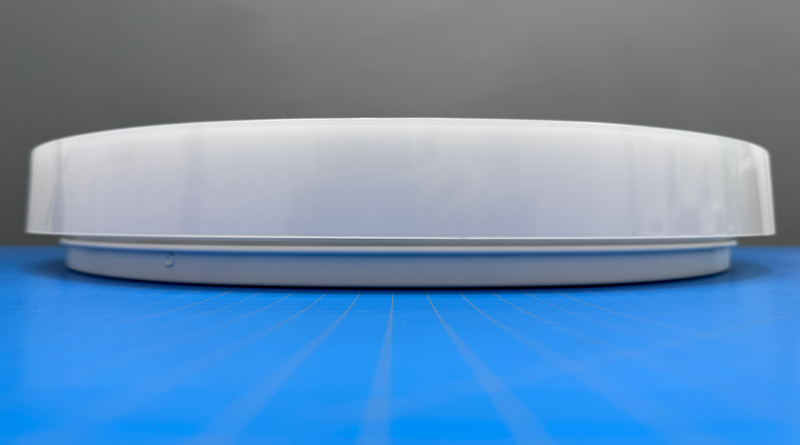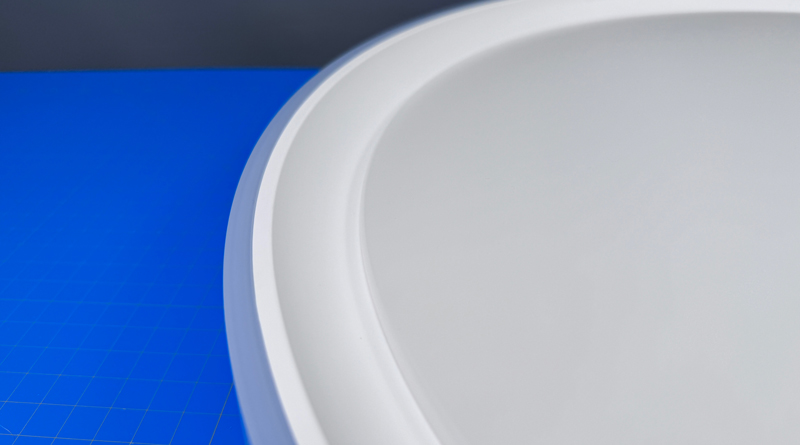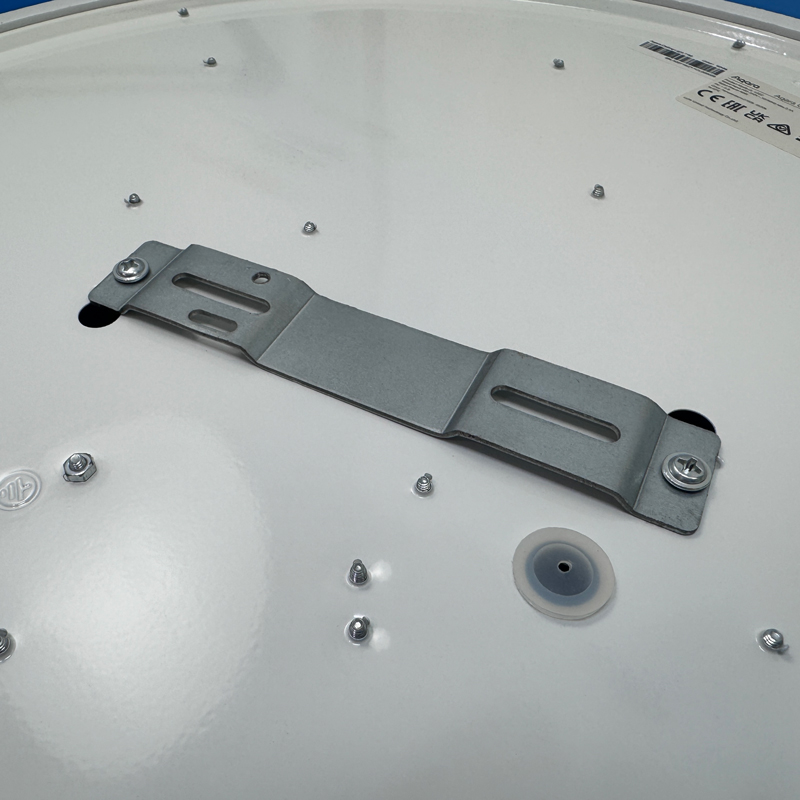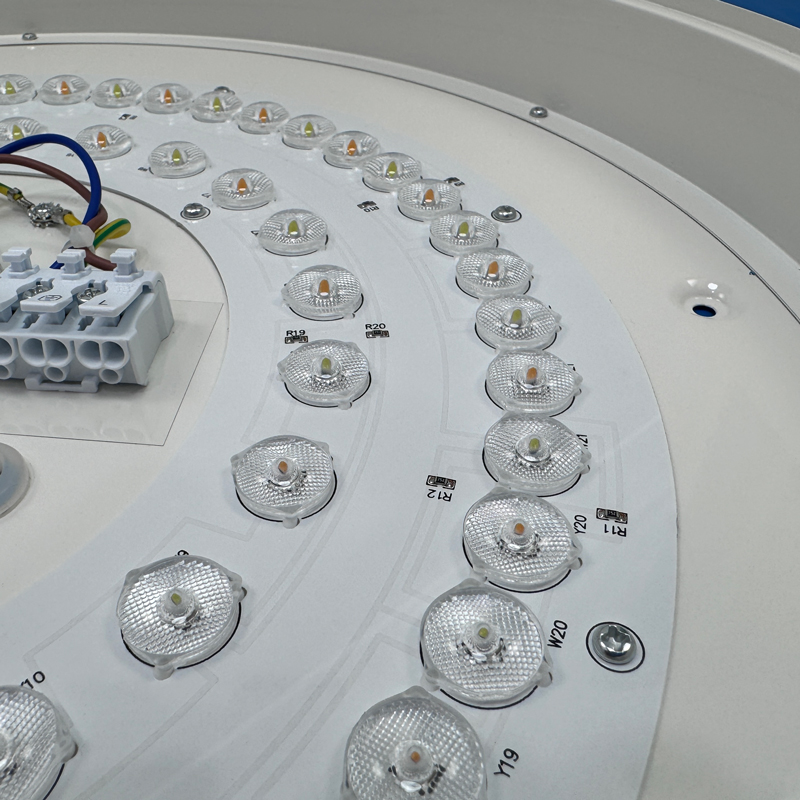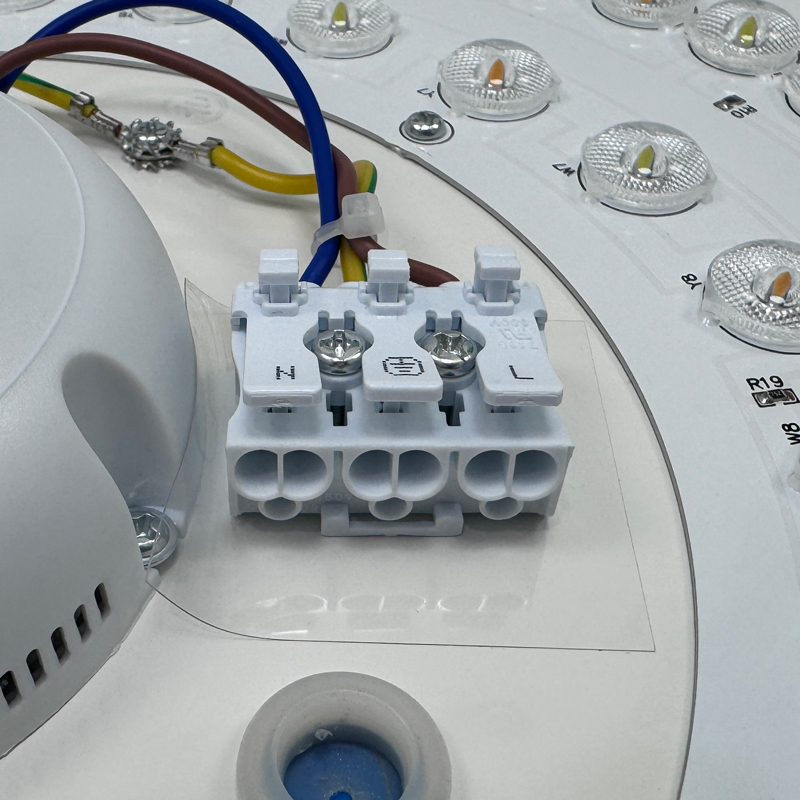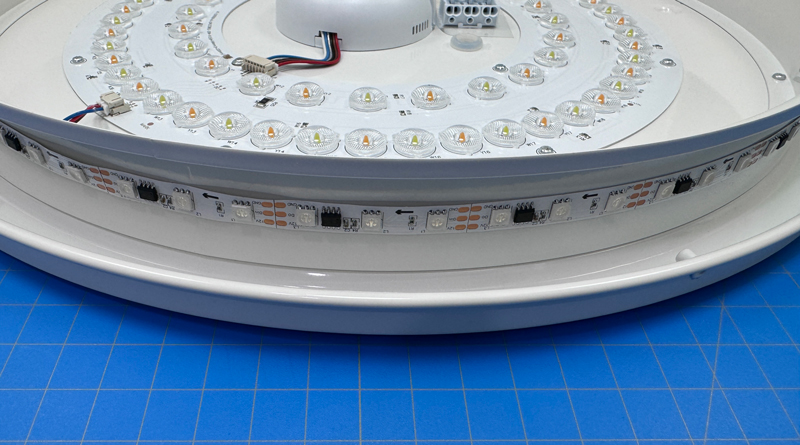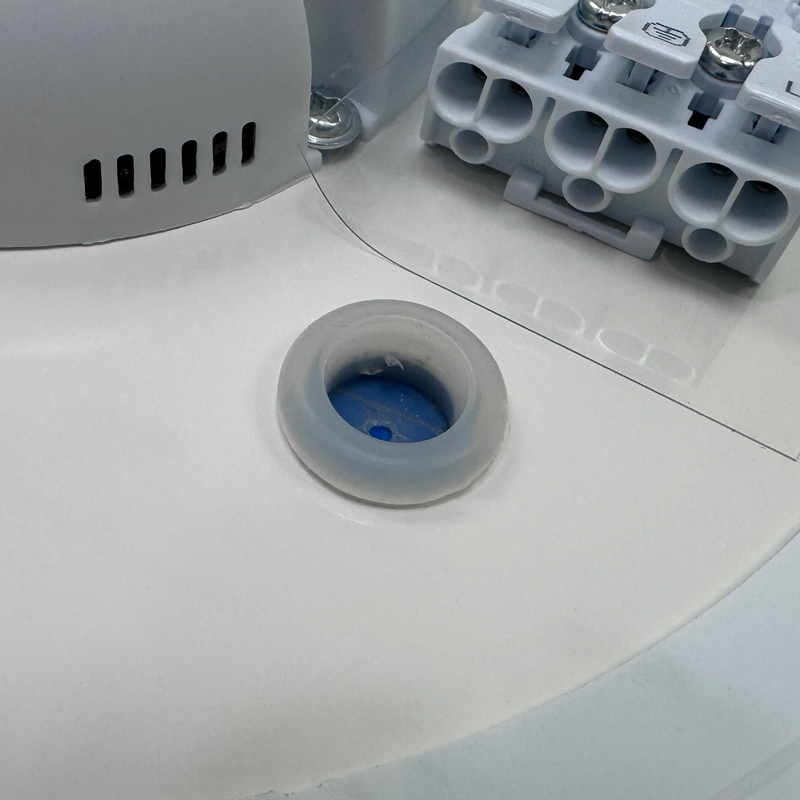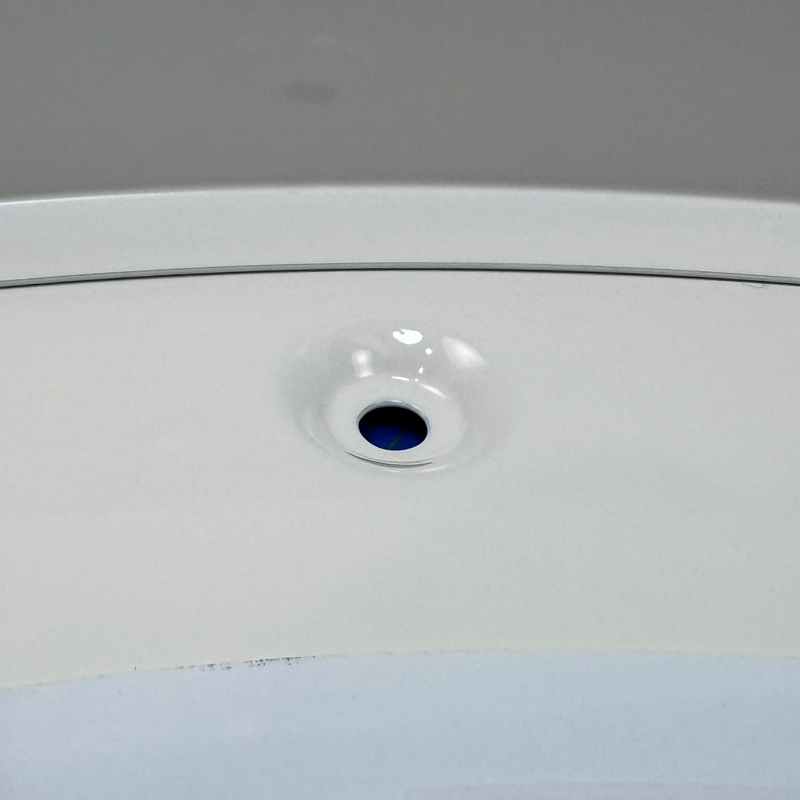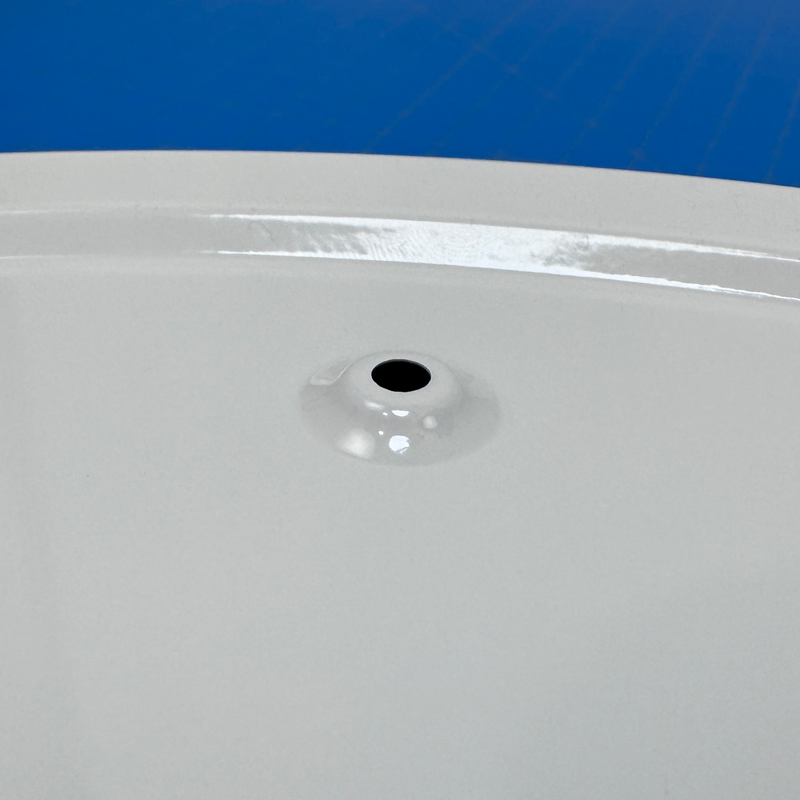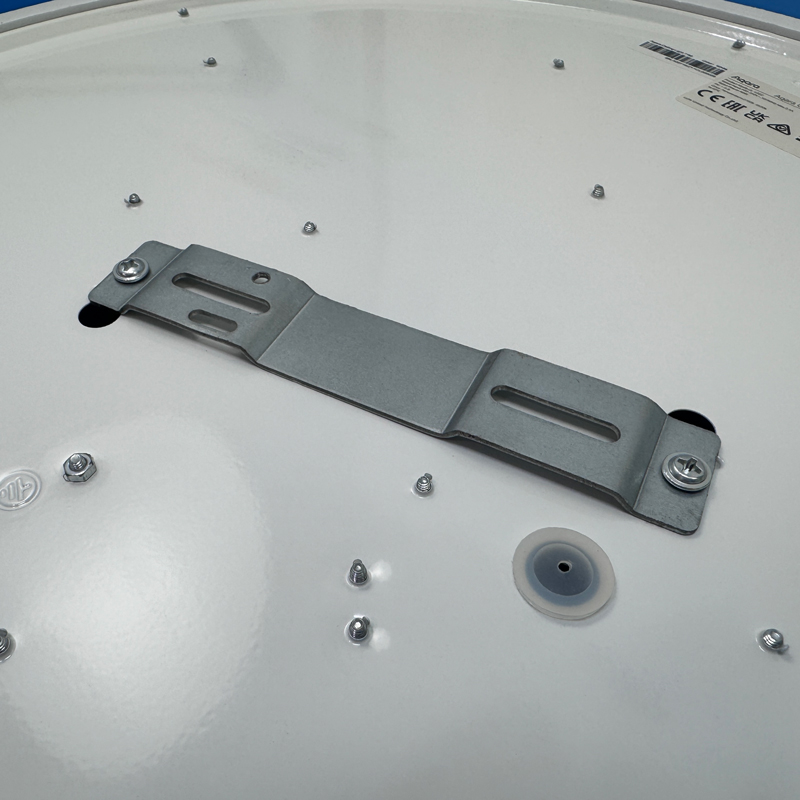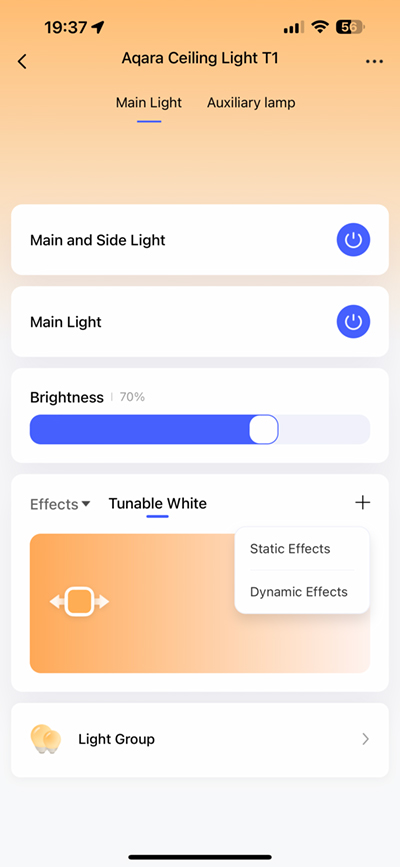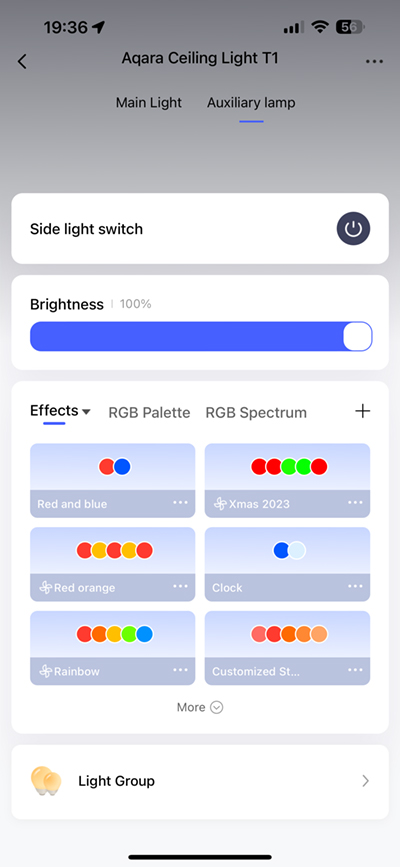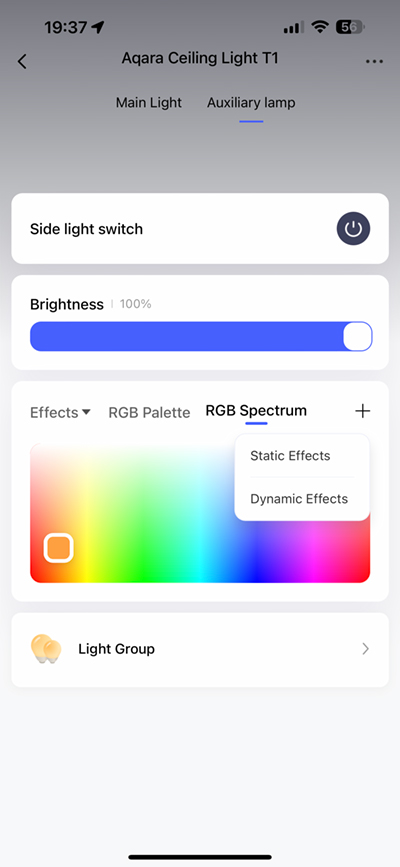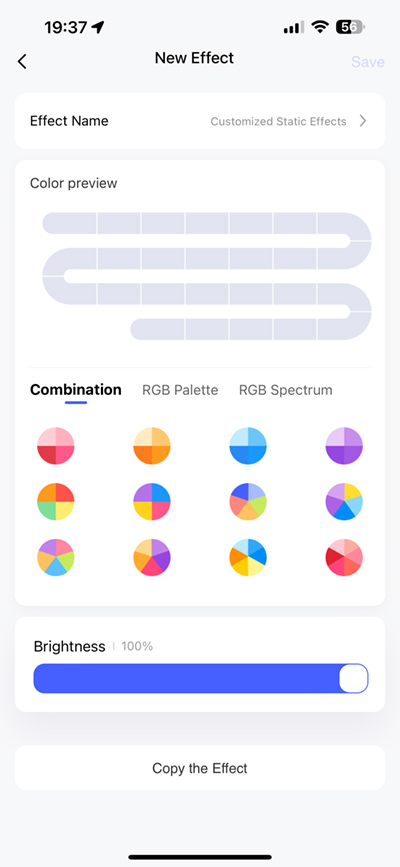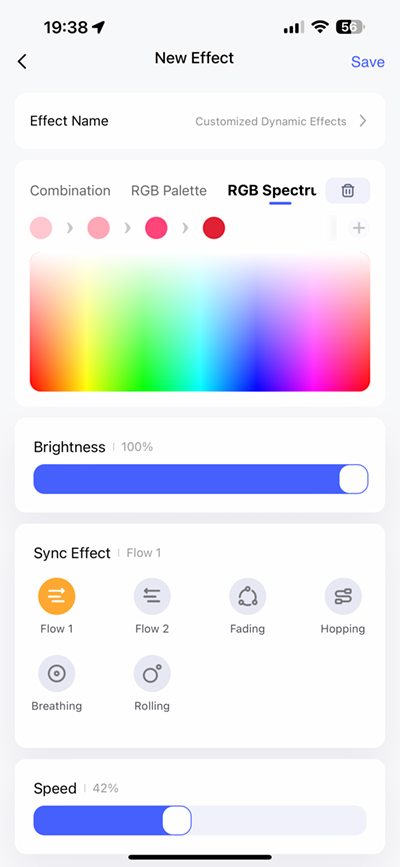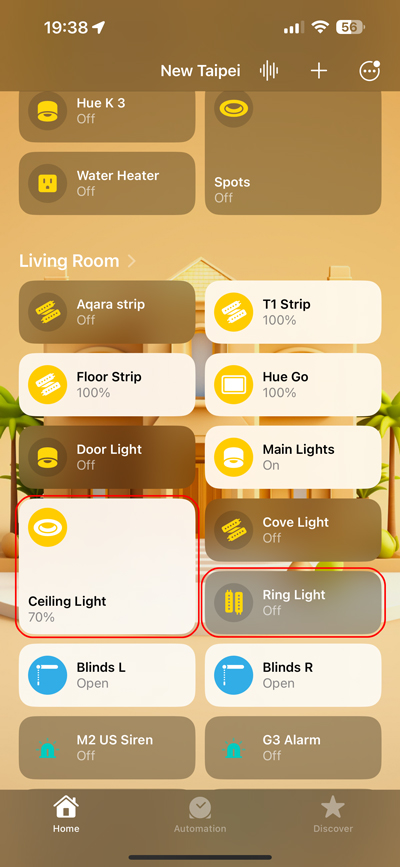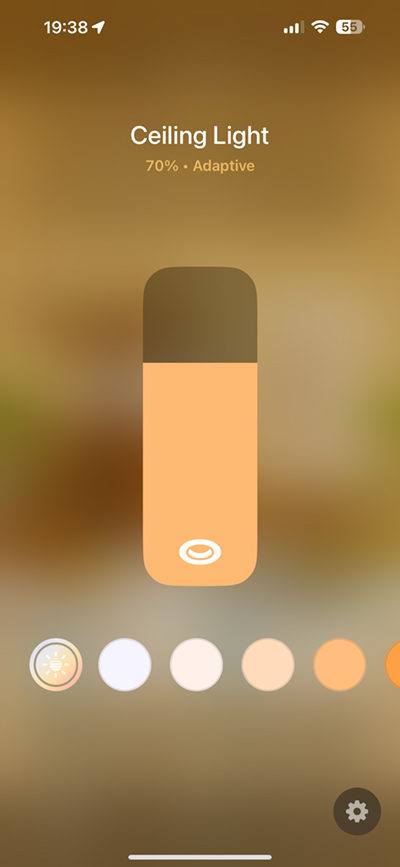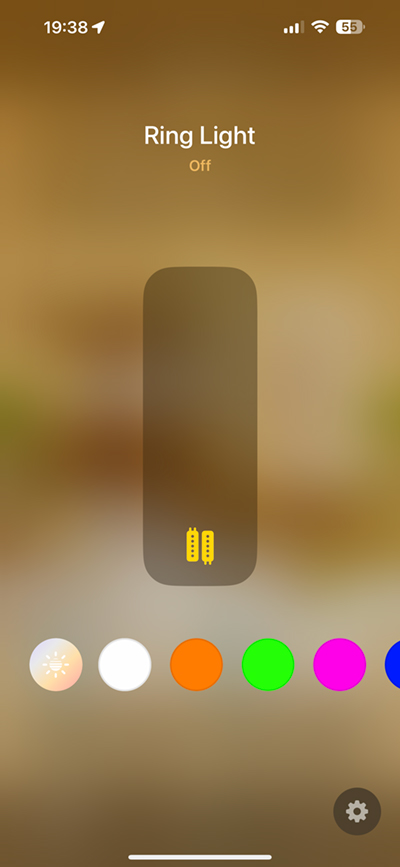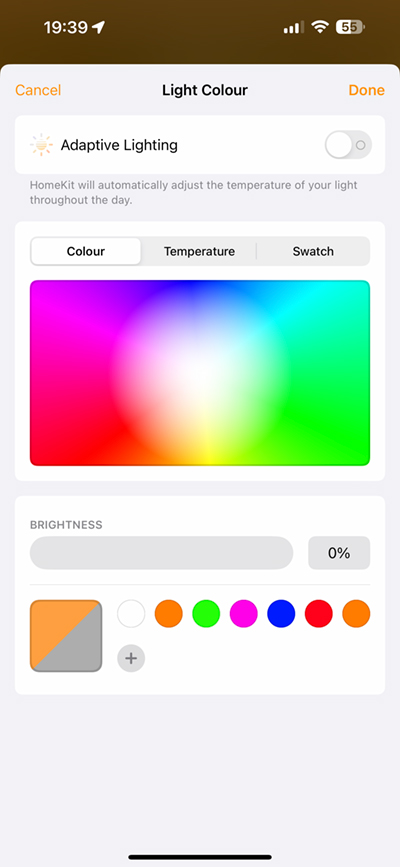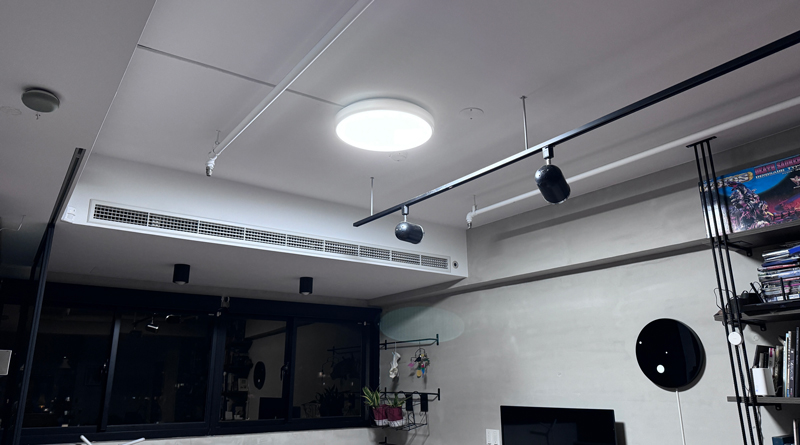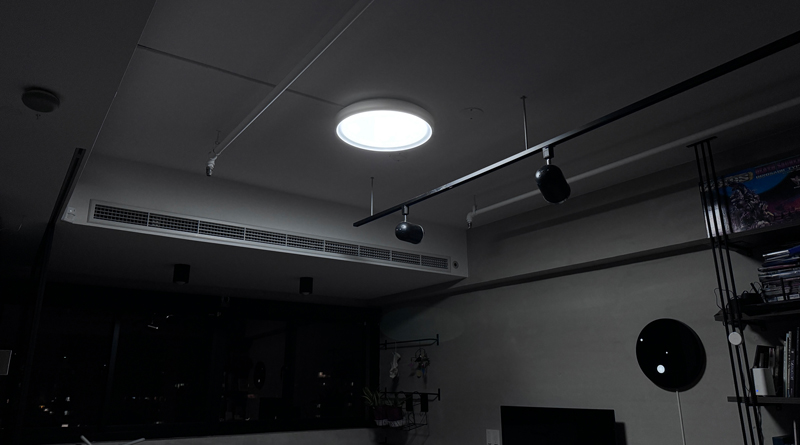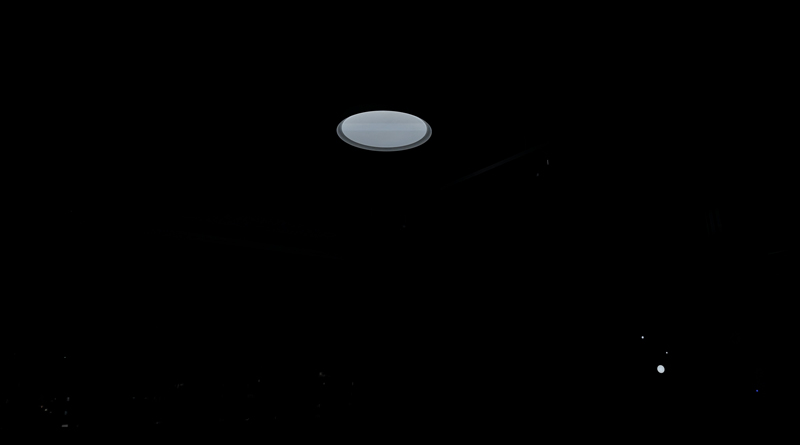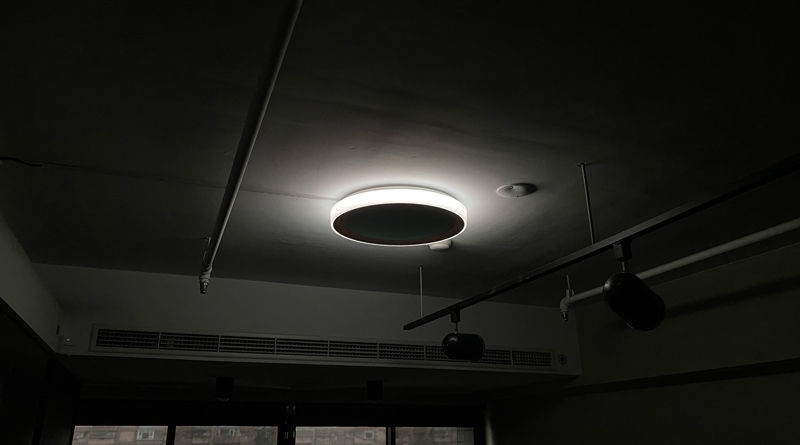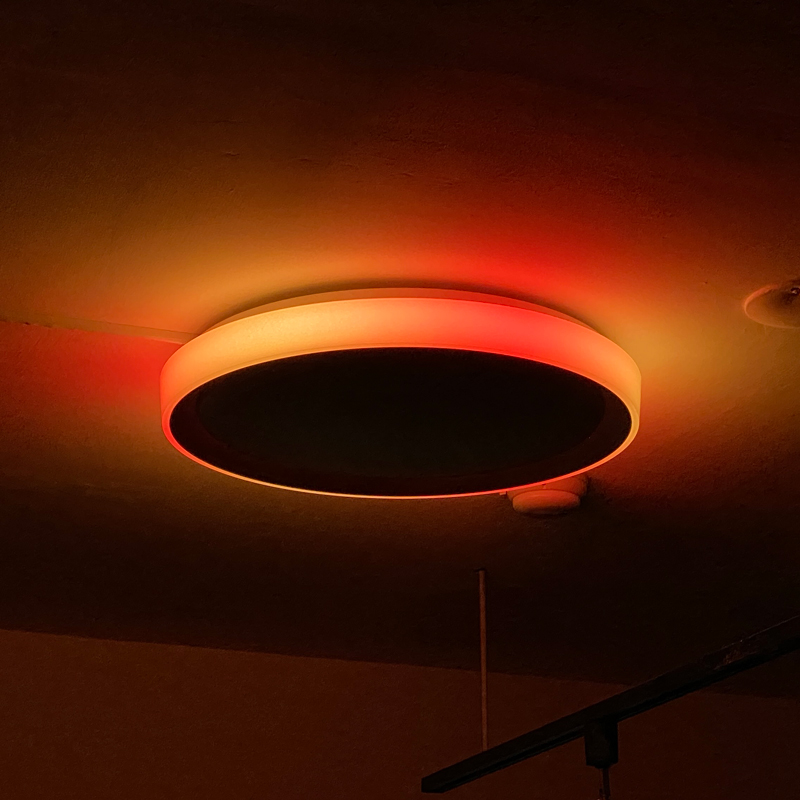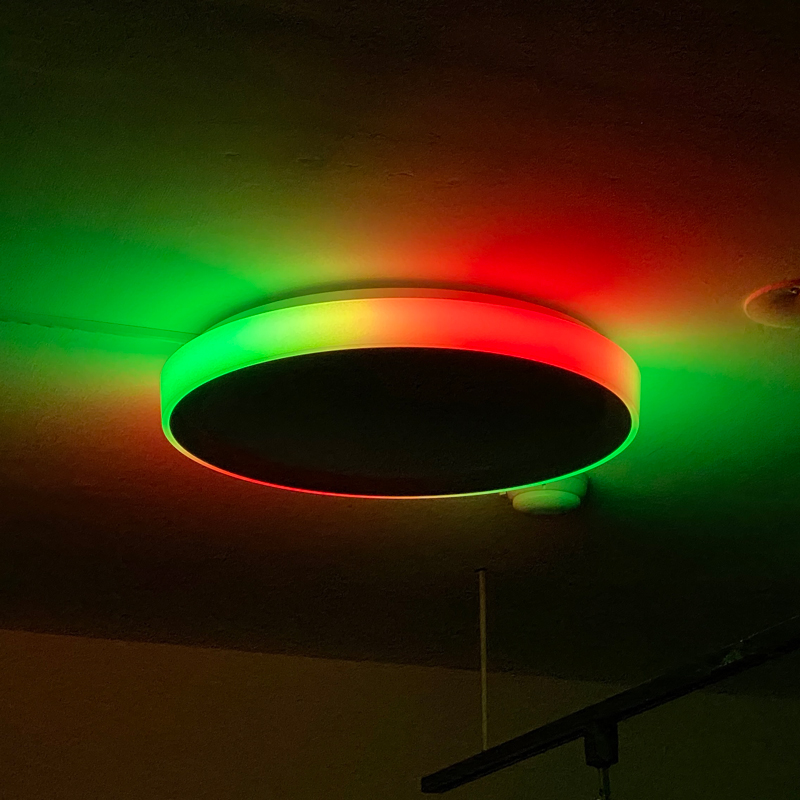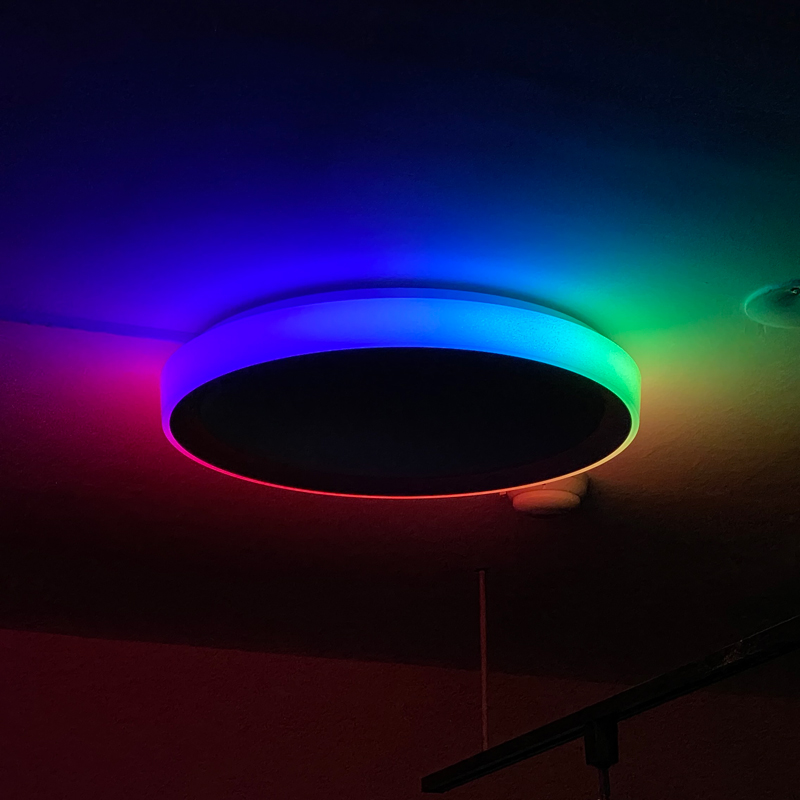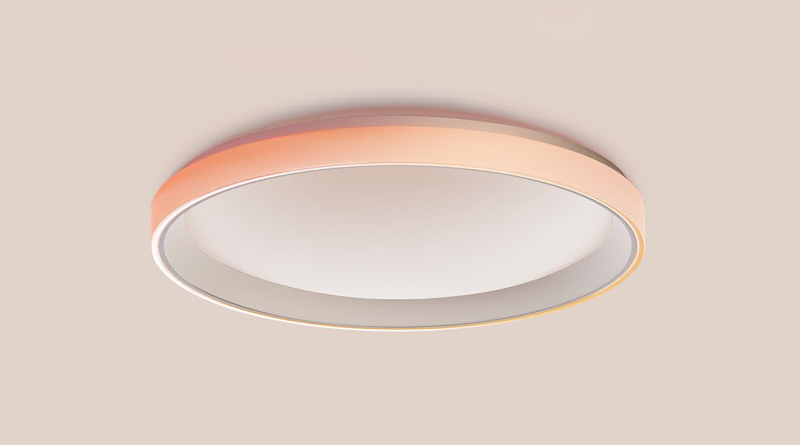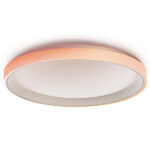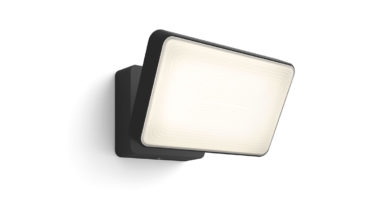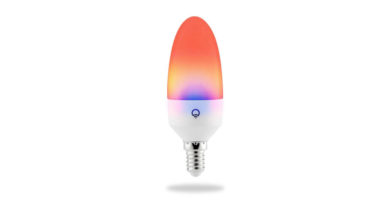Aqara Ceiling Light T1M (review)
As a smart home product manufacturer, Aqara is probably one of the biggest in terms of how many categories their range covers. Still, when it comes to international users, the one area the company has lacked, is lighting. This isn’t an issue in China, where they have a full range of lighting products, from simple bulbs, to a whole collection of rail light fittings, and more. This changed outside of China when Aqara released its first colour light strip the T1 (video HERE, review HERE), and has now gone a large step further with the introduction of the Ceiling Light T1M. I’ve had the Chinese model of this product since the start of June 2023, so around 8-9 months, which gives me a more full insight into how reliable this product is than most other reviewers. To see how I’ve got on with this product, read on.
PACKAGING | CONTENTS
As my model is from China, the packaging – at least when I ordered it – is significantly different. Aside from the packaging, there’s really only one small physical difference, which I’ll point out shortly. There is another aspect of the Chinese model that differs that should be taken into account if you’re planning on purchasing this model; Both models work with 100~240V AC @ 50/60Hz, although the Chinese version only lists 220~240V AC. This is almost certainly due to it not being officially certified to work with 110~120V AC, which is the standard in North America and other places, like Taiwan in my case – Why bother to certify a product for a voltage it’s not going to be used for? It’s just something to be aware of, as the international models will be officially certified for both voltage standard in their respective regions, unlike the Chinese model.
There’s not a lot to see in my case, as it’s a simple brown box, and although it’s sturdy enough, with foam inside to protect it, there have been a couple of reports of broken diffusers, so just be aware of this possibility.
The T1M is pretty large, and is in fact the largest ceiling light I’ve owned to date, albeit by literally only one millimetre! The Mi Smart Ceiling Light 450 is 458mm in diameter to the T1M’s 459mm (review HERE, Video HERE). The former only offers warm to cool whites, and doesn’t support Apple’s Adaptive Lighting functionality, although to its credit, the LEDs do have a super low brightness feature, that the T1M isn’t capable of.
To stop the ring light from bleeding into the main light, and vice versa, there’s a white border around the edge of the main light to prevent such light leaks.
Aside from the light, there are three long screws and corresponding rawl plugs for mounting the ceiling light, and for the international model, you also get a bracket with wing nuts that allows you to affix the T1M where the same type of fixture has been used. This bracket is not provided in the Chinese model.
The main light comes with a large array of white LEDs – separate cool and warm ones – to provide most of the standard lighting as well as make use of the previously mentioned Adaptive Lighting. This feature, if you’re not aware, allows the light to adjust the colour temperature based on the time of day; so warm white in the morning, gradually changing to cooler white, to make you more alert and productive (I assume) with the light slowly heading back to warm white in the evening, so you can unwind before sleep. Once activated in Apple Home, you don’t need to do anything, it just works automatically.
The edge of the T1M is what allows it to stand out from most standard ceiling lights, which is the multicolour ring of colour LEDs (labelled as an “Auxiliary Lamp” in the Aqara app). This is essentially the company’s T1 LED strip, although it comes with 26 separately addressable zones, compared to the T1 Light Strips less impressive 10 zones (or 15 if you add a 1 metre extension). This ring light, whilst capable of warm and cool white (via the RGB LEDs), isn’t able to utilise Adaptive Lighting, even if the Apple Home app shows it’s capable of such a thing.
On the inside of the light there’s a small rubber grommet that allows you to pass your wires through to the connector. If you don’t have an earth/ground wire, that’s ok, but you will require a neutral and live wire, which is definitely going to be present even if the light switch connected to the light doesn’t have a neutral.
As far as fitting the T1M goes, you get the aforementioned screws and rawl plugs, and, as also mentioned, the bracket if you have the international model. Whilst you can use the bracket by itself, I’d recommend also using the screws, as the main body of the T1M isn’t as light as you’d imagine, due to the metal body.
IN AQARA HOME
For the T1 in the Aqara Home app, the main screen is separated into two main sections, one for the white light, and one for the ring light. The first of these allows you to control the power to both lights or just the main light itself. Brightness is for the main light only, and below that you have ‘effects’, although with white light, these effects are in some ways a little limited. The Tuneable White tab allows you to control the colour temperature and brightness, and that’s it, in essence.
When it comes to the UI for the ring light (née Auxiliary Lamp) there’s a fair bit more to take in just by nature of the fact we’re dealing with colour and multiple zones. So again, there’s a brightness slider and power button, with tabs for ‘effects’, ‘RGB Palette’, and RGB Spectrum. The latter two are just different methods by which to select your colour.
What’s neat about the main light is that with the Effects tab, you have the option to create a sort of ‘wake up’ lighting effect, so you can have the light gradually turn on over a period of time, to gently wake you up. There are more options, but I’ll leave you to experiment with those yourself.
Onto the colour LE ring light, and the ‘+’ tab gives you two options – Static Effects, and Dynamic Effects. The first of these allows you to colour the 26 different zones to any selection of colours you like, using the LED strip image at the top to do so. On the other hand, Dynamic Effects allows you to create a selection of colours (26 in total), and have them ‘animate’, for want of a better word, to create a sort of light show, with colours shifting and blending into each other. To animate these colours you have six different sync effects to choose from, with each providing a different type of motion to the colours. If you’re using Aqara’s T1 Light Strip, this will look very familiar.
IN APPLE HOME
In Apple Home, things are a little more organised, although you don’t get control of nearly as many aspects of either the main or ring lights, as you may have come to expect by now. you can have the T1M show as a single tile with both sliders together, or separately, as shown above. You get the standard sliders for each light, and as you can see, the main light has an ‘Adaptive Lighting’ option. You might also notice the ring light does too, and you’ll see it as an option in the colour picker screen. However, the ring light is not capable of this feature, even though it can produce white light.
THE T1M INSTALLED – MAIN LIGHT
I’m actually in possession of three of these lights, with two from China, and an international model, although currently, only one of these is installed right now. Where it’s situated, there was no wiring for a ceiling light, so instead, I fed a power cable to it, from an outlet hidden behind our cove lighting area.
Above are pictures I took of the light in three different colour temperature settings – cool, warm, and a mix of the two. Although the images don’t fully capture the look, in general I’d say the cools are about right as they’re shown, whilst the warm white is probably not quite as warm as is seen in the image above.
In terms of the representation of the brightness, the same applies with brightness levels; the light at 25 and 5 per cent, is probably going to be brighter than it’s shown in the images, but it’s here to simply demonstrate its dimming capabilities.
RING LIGHT
Many have asked if the ring light is enough to light a room, and of course that really depends on the size of the room. Still, the bottom line is that whilst this will be enough for you to not worry about tripping over things in the dark, it’s not going to be adequate for decent illumination on a day-to-day level. This shouldn’t come as a surprise, as it’s really to augment the main light, or in reality, for accent lighting and notifications.
As stated before, this ring light is capable of up to 26 different individual colours along its circumference, although in the Home app, you can only control solid colours, unless you resort to other means involving the Aqara app’s scene export feature. However, the colours are pretty accurate compared to the swatches in the Apple Home UI, and are really nicely saturated. Of course, colours are going to provide less illumination than whites or yellows, but they still look great.
Dynamic lighting effects are going to be hard to show in a written review, but for the sake of completeness, here are three effects selected to give you and idea of what they look like. For a better idea of the options, check out the full video for the T1M below;
IN DAY TO DAY USE
As already stated, I’ve had this light running for a good eight months, and so I can categorically say that in that time I’ve not encountered any issues so far. Problems with connectivity or even colour accuracy tend to show themselves pretty early on, but as this uses Zigbee 3.0, connectivity has been flawless. Colour accuracy for the ring light is really spot on, and with Adaptive Lighting for the main light, as well as coming in at 3,450 lumens when set to 100% cool white, this is more than enough for decent sized rooms.
The ring light animations are something that you might think are a gimmick, and I’d agree, as I don’t tend to use them except for the odd festive occasion. I did use a green and red scene I created specifically for Christmas, and a similar one for Chinese New Year, but beyond that, I’ve tended to stick to solid colours. I usually put the ring light to use for notifications, so if someone rings the doorbell (Aqara G4), or someone is using the shower, then the light will turn to an appropriate colour. That’s it really, but it works well for the limited purposes I’ve assigned to it.
Do I like it? Yes – it’s bright, reliable, and offers the extras I find useful (Adaptive Lighting, ring light). I’m extra happy it uses Zigbee as opposed to WiFi, and even if I think Thread would have been great, I’m pretty happy the way it is. Fitting it wasn’t massively difficult, although drilling into my concrete ceiling was less than straightforward, but with the bracket for the international model, it might be fairly easy for others.
As with any dedicated light fixture, there will of course come a time when the LEDs will eventually fail, and as such the whole light needs to be replaced. This is the same for any light fixture of this type – smart or not – but LEDs are designed to last a pretty long time, and even if you used this light for 8 hours a day, every day, you’re going to get around 8 years use from it based on a 25,00o hour lifespan. By that time you’re going to probably be looking to replace it for something new, and with Thread possibly, so I don’t think the concern is as valid as it might appear.
All in all I’m glad that Aqara has gone big when it comes to launching their first proper international lighting product, when they could have just gone with releasing their T1 light bulb to the international market, so let’s hope they continue to add more lighting products to their inventory, so we can all enjoy more Aqara lights.

